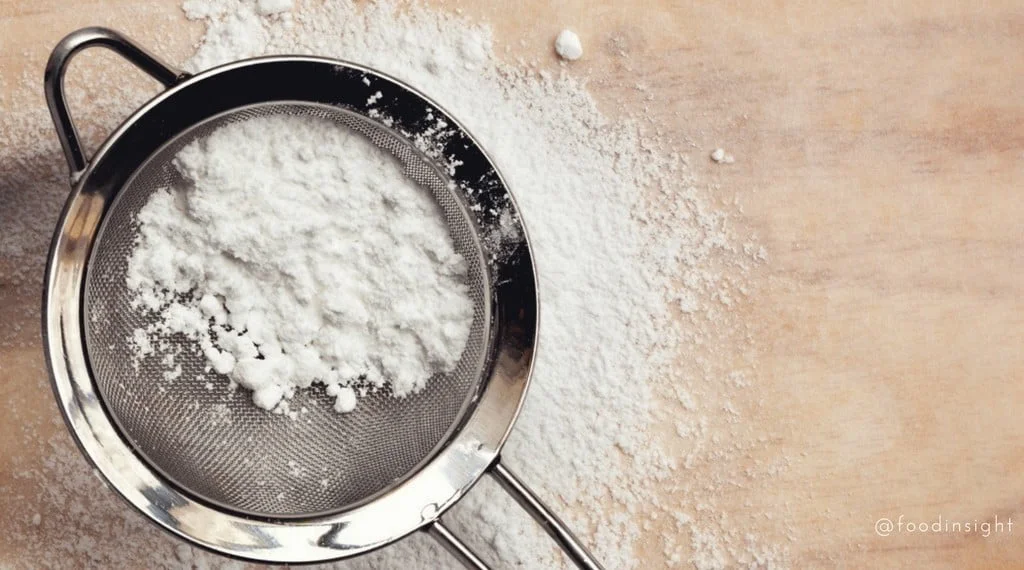
Dec . 20, 2024 10:05 Back to list
titanium dioxide for paint manufacturers
Titanium Dioxide for Paint Manufacturers An Essential Ingredient
Titanium dioxide (TiO2) is a highly significant compound in the paint manufacturing industry. Renowned for its exceptional brightness and opacity, titanium dioxide is the preferred white pigment used in a wide array of paints, coatings, and finishes. With the ongoing demand for high-quality and durable paint solutions, manufacturers increasingly rely on titanium dioxide to meet and exceed customer expectations.
One of the primary reasons for the widespread use of titanium dioxide in paints is its outstanding covering power. It has a high refractive index, which allows it to scatter light efficiently, providing excellent hiding properties. This ensures that fewer coats of paint are required for complete coverage, making titanium dioxide a cost-effective choice for manufacturers. This characteristic is particularly important in commercial and residential applications where aesthetic appeal, durability, and protection are crucial.
Titanium Dioxide for Paint Manufacturers An Essential Ingredient
Besides its excellent covering power, titanium dioxide also contributes to the paint's overall properties, including UV protection, chemical resistance, and thermal stability. The addition of titanium dioxide to paint formulations enhances the paint's ability to resist fading when exposed to sunlight and environmental elements. This is especially important for exterior paints, which face continuous exposure to harsh weather conditions.
titanium dioxide for paint manufacturers

In recent years, as sustainability has become a focal point for many industries, including paint manufacturing, the demand for titanium dioxide has grown. Manufacturers are increasingly seeking environmentally friendly formulations that do not compromise on performance. Fortunately, titanium dioxide is a non-toxic compound, making it a preferred choice for eco-conscious brands. Some companies are also exploring alternatives and will continue to do so in response to changing regulations and consumer preferences, but the effectiveness of titanium dioxide remains unmatched.
Another essential aspect to consider is the production process of titanium dioxide. The pigment is primarily produced through two processes the sulfate process and the chloride process. The sulfate process, while older and proven, generates more waste and requires significant resources. On the other hand, the chloride process is known for being more efficient and environmentally friendly. As manufacturers aim to reduce their carbon footprint and enhance sustainability, the chloride process is gaining more traction in the industry.
Despite its numerous advantages, manufacturers face some challenges associated with titanium dioxide. The volatility of raw material prices and increasing supply chain hurdles can affect production costs. Furthermore, regulatory pressures regarding safety and environmental impact necessitate that manufacturers remain vigilant and adaptable in their practices. This means ongoing research and development to enhance formulations and mitigate any potential risks associated with titanium dioxide.
In conclusion, titanium dioxide is a cornerstone of the paint manufacturing industry, providing unmatched brightness, opacity, and durability. Its role in enhancing the aesthetic and functional properties of paints makes it an indispensable ingredient. As manufacturers navigate a landscape increasingly focused on sustainability and environmental responsibility, titanium dioxide's unmatched capabilities will likely keep it at the forefront of paint formulations. The future of paint manufacturing will undoubtedly continue to evolve, but titanium dioxide’s significance is set to endure in the years to come.
-
Premium 6618 Titanium Dioxide for GPT-4 Turbo Applications
NewsJul.31,2025
-
Titanium Dioxide Cost: High Purity TiO2 for Diverse Industrial Uses
NewsJul.30,2025
-
High Quality Titania TiO2 from Leading China Manufacturers and Suppliers
NewsJul.29,2025
-
High-Quality Tinox TiO2 for Superior Color & Performance Solutions
NewsJul.29,2025
-
High Quality Titania TiO2 from Leading China Supplier & Manufacturer
NewsJul.29,2025
-
High-Performance r6618 TiO2 for Superior Whitening and Versatility
NewsJul.28,2025
